An effective oil spill kit is essential for managing spills and preventing environmental damage. Key components...
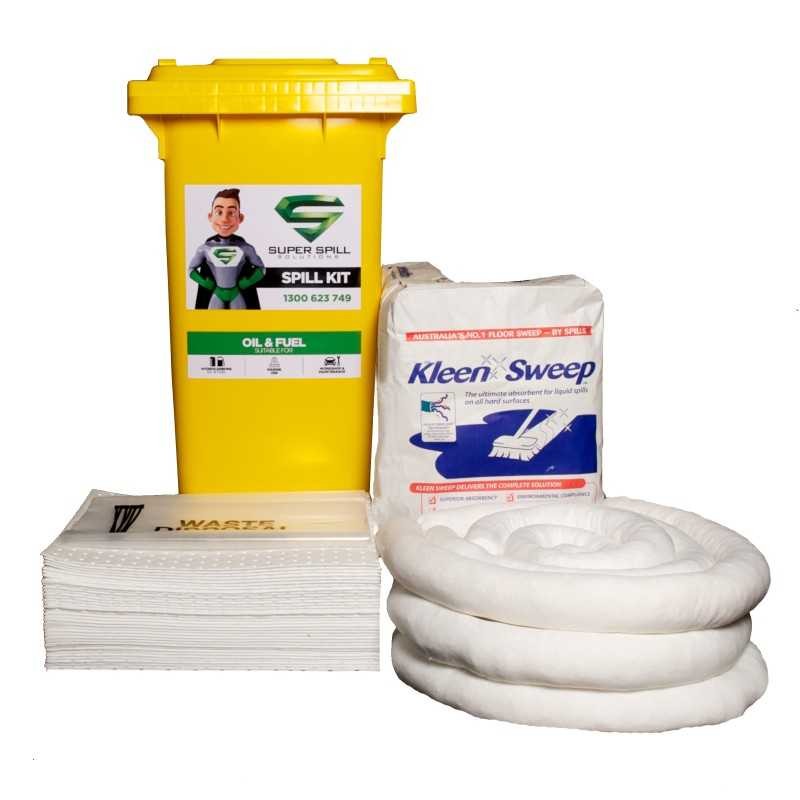
Step-by-Step Guide to Using an Oil Spill Kit
Oil spills can have devastating consequences for the environment, wildlife, and human health. That's why having a well-prepared response plan, including an oil spill kit, is crucial. In this guide, we'll walk you through the step-by-step process of effectively using an oil spill kit to minimise the impact of an oil spill and ensure a swift and efficient cleanup.
Step 1: Assess the Situation
The first step in responding to an oil spill is to assess the situation. Determine the type and quantity of the spilled substance, the location of the spill, and potential risks to the environment and personnel. This information will help you select the appropriate oil spill kit for the job.
Step 2: Don Personal Protective Equipment (PPE)
Before approaching the spill, ensure you're wearing the necessary personal protective equipment (PPE) to safeguard yourself from potential hazards. This usually includes gloves, safety goggles, and protective clothing. Safety should always be the top priority.
Step 3: Assemble and Deploy the Oil Spill Kit
Most oil spill kits are designed to be user-friendly and contain everything you need for cleanup. Open the kit and lay out its contents. This typically includes absorbent materials like pads, booms, and socks, as well as disposal bags and tools for proper cleanup. Deploy the absorbent materials around the spill to prevent it from spreading further.
Step 4: Contain and Absorb the Spill
Start by placing absorbent socks or booms along the perimeter of the spill to contain it and prevent it from spreading. Then, use absorbent pads to soak up the spilled oil. Gently press down on the pads to maximise absorption. Carefully work your way from the outer edges of the spill towards the center.
Step 5: Properly Dispose of Absorbent Materials
Once the spilled oil has been absorbed, carefully gather the used absorbent materials and place them in the provided disposal bags. Seal the bags securely to prevent leakage. Follow your local regulations and guidelines for the proper disposal of oil-soaked materials.
Step 6: Clean and Decontaminate
After the majority of the spill has been cleaned up, it's essential to clean and decontaminate the affected area. Use appropriate cleaning agents to remove any remaining residue. Ensure that the area is safe for humans and wildlife before declaring the cleanup complete.
Step 7: Document the Cleanup
Maintain accurate records of the spill response activities, including the details of the spill, the cleanup process, and the materials used. This documentation may be required for legal and regulatory purposes.
Step 8: Replenish the Oil Spill Kit
After using the oil spill kit, it's crucial to replenish its contents to ensure it's ready for the next emergency. Replace used absorbent materials, disposal bags, and any other items that were utilised.
Conclusion
Responding to an oil spill requires a systematic and well-executed approach. By following this step-by-step guide to using an oil spill kit, you can effectively mitigate the impact of spills and contribute to the preservation of the environment. Remember, regular training and familiarisation with the kit are essential to ensure a swift and efficient response when the need arises. An oil spill kit is a valuable tool that, when used correctly, can make a significant difference in the outcome of an unfortunate event.


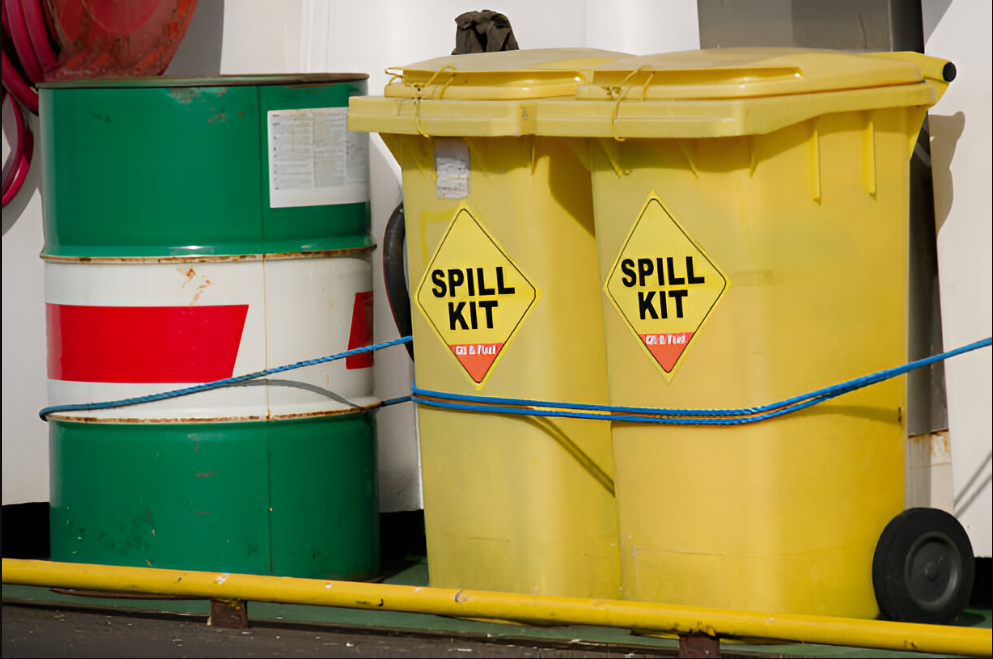
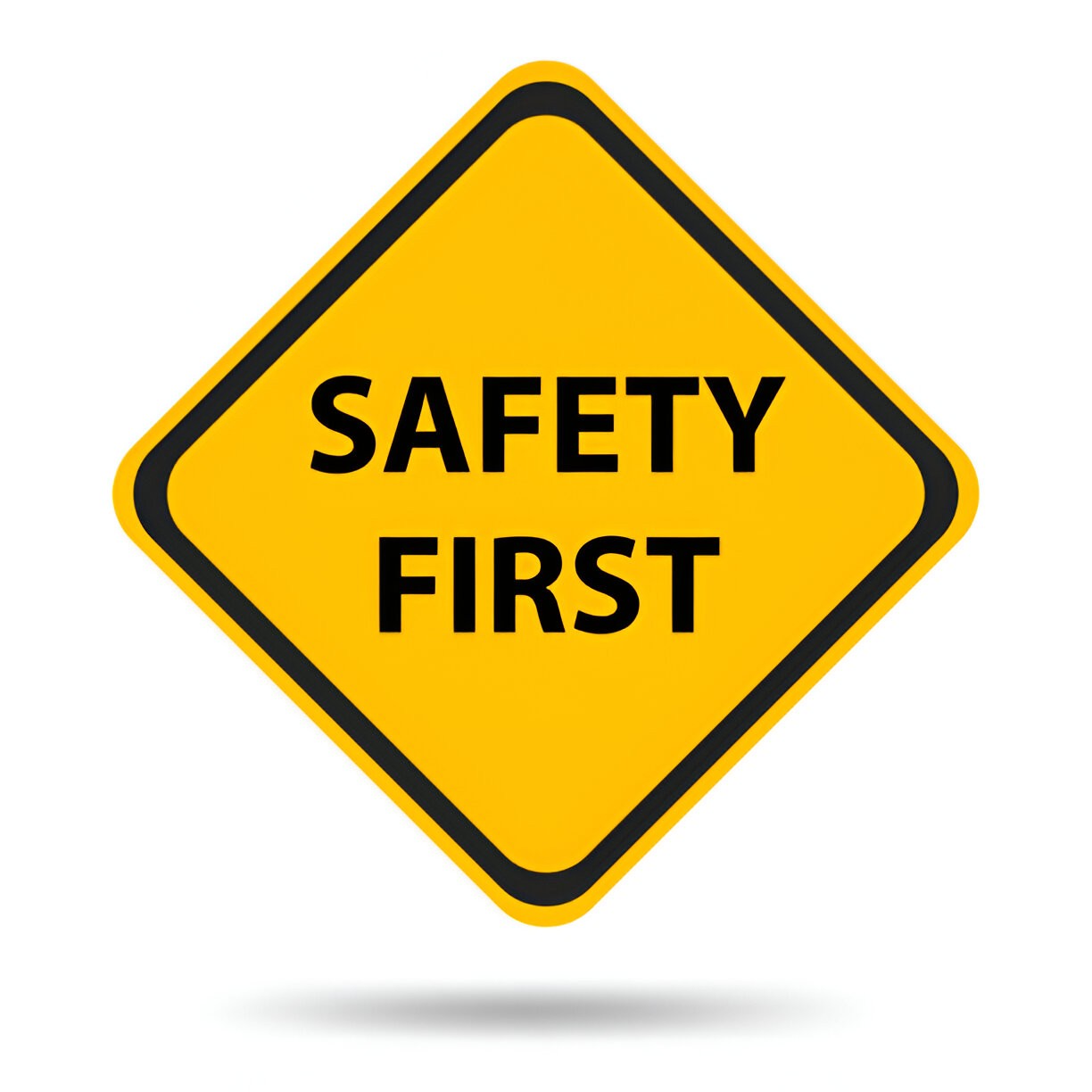

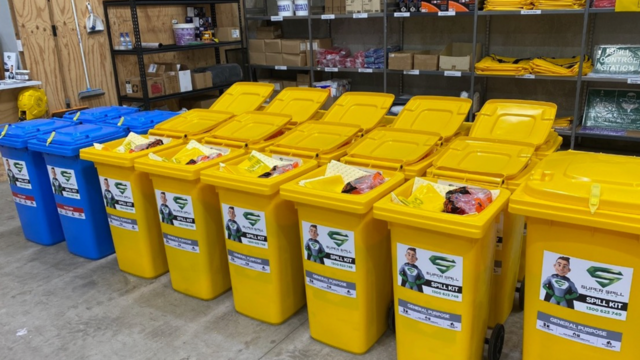
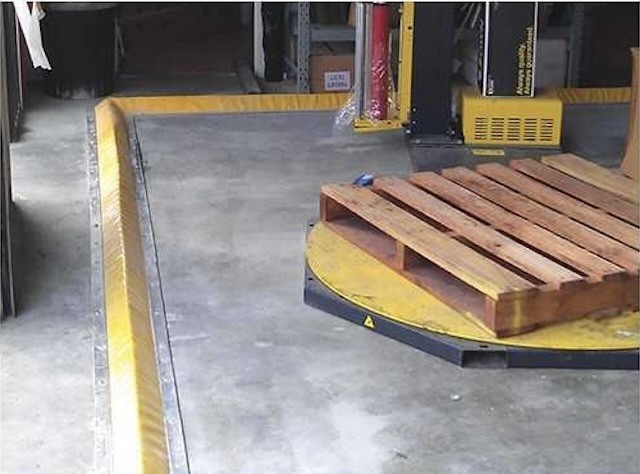
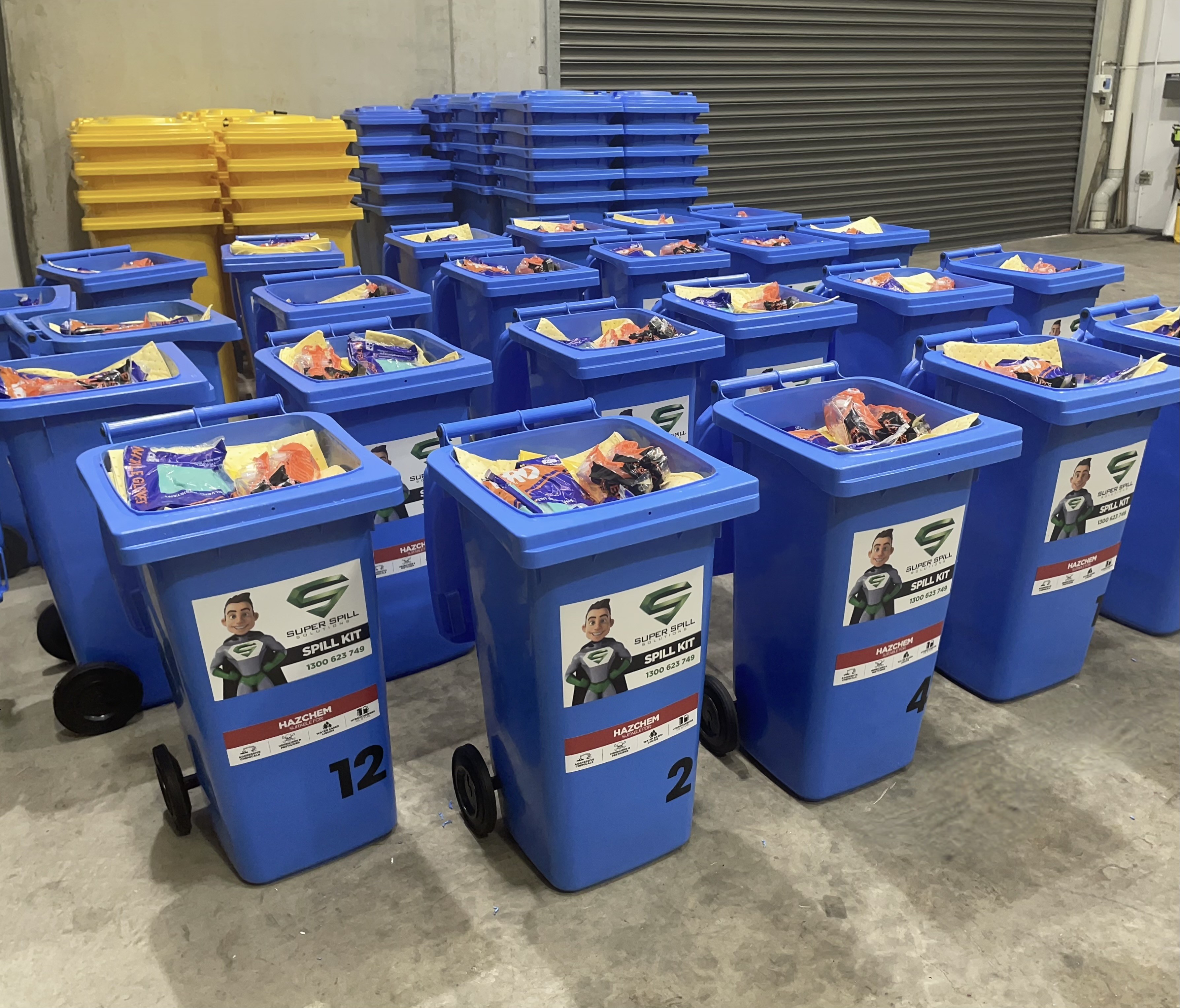
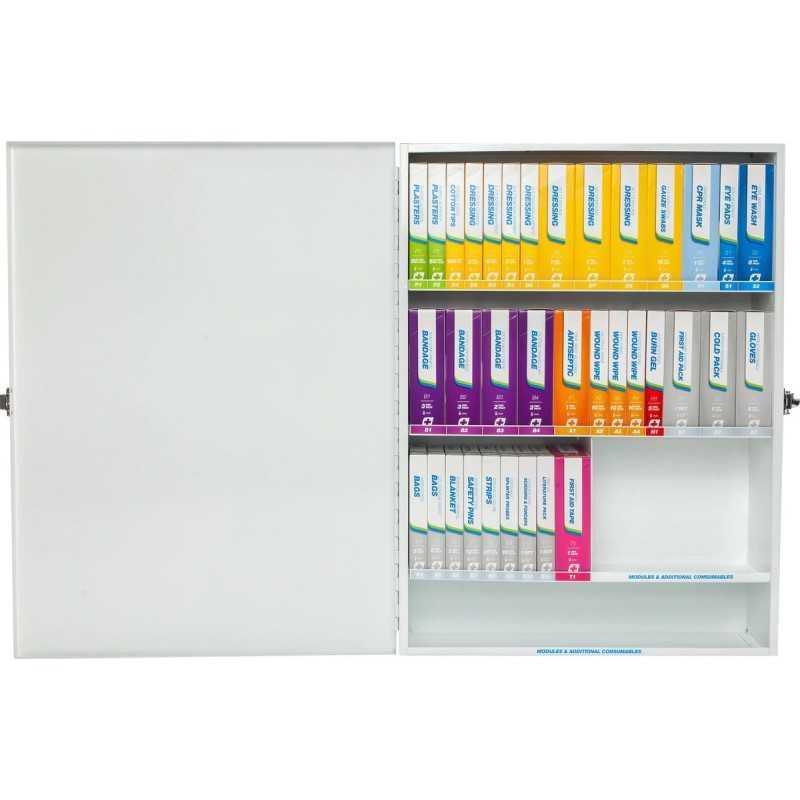
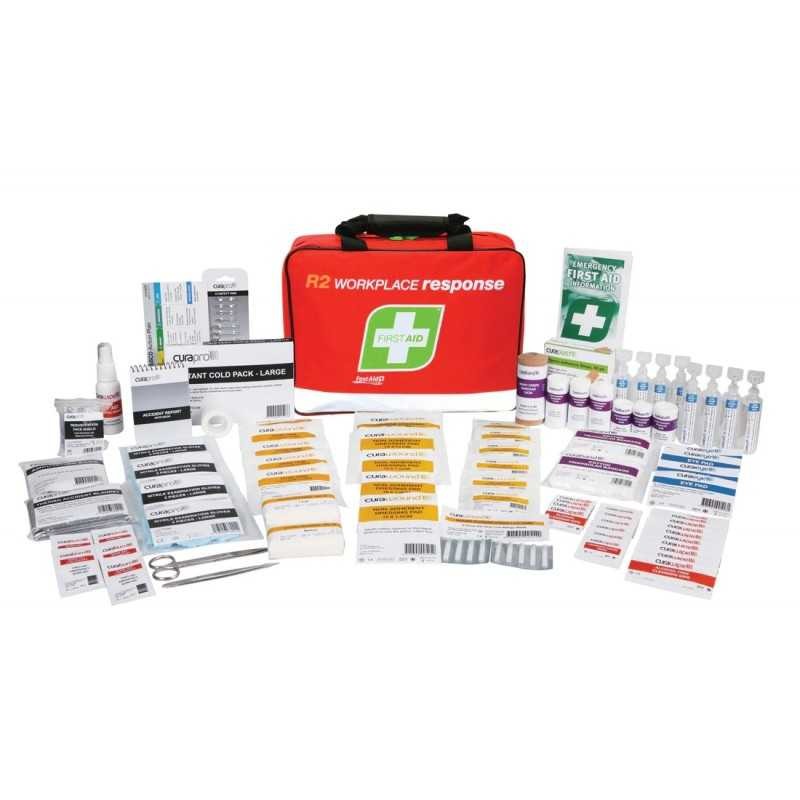

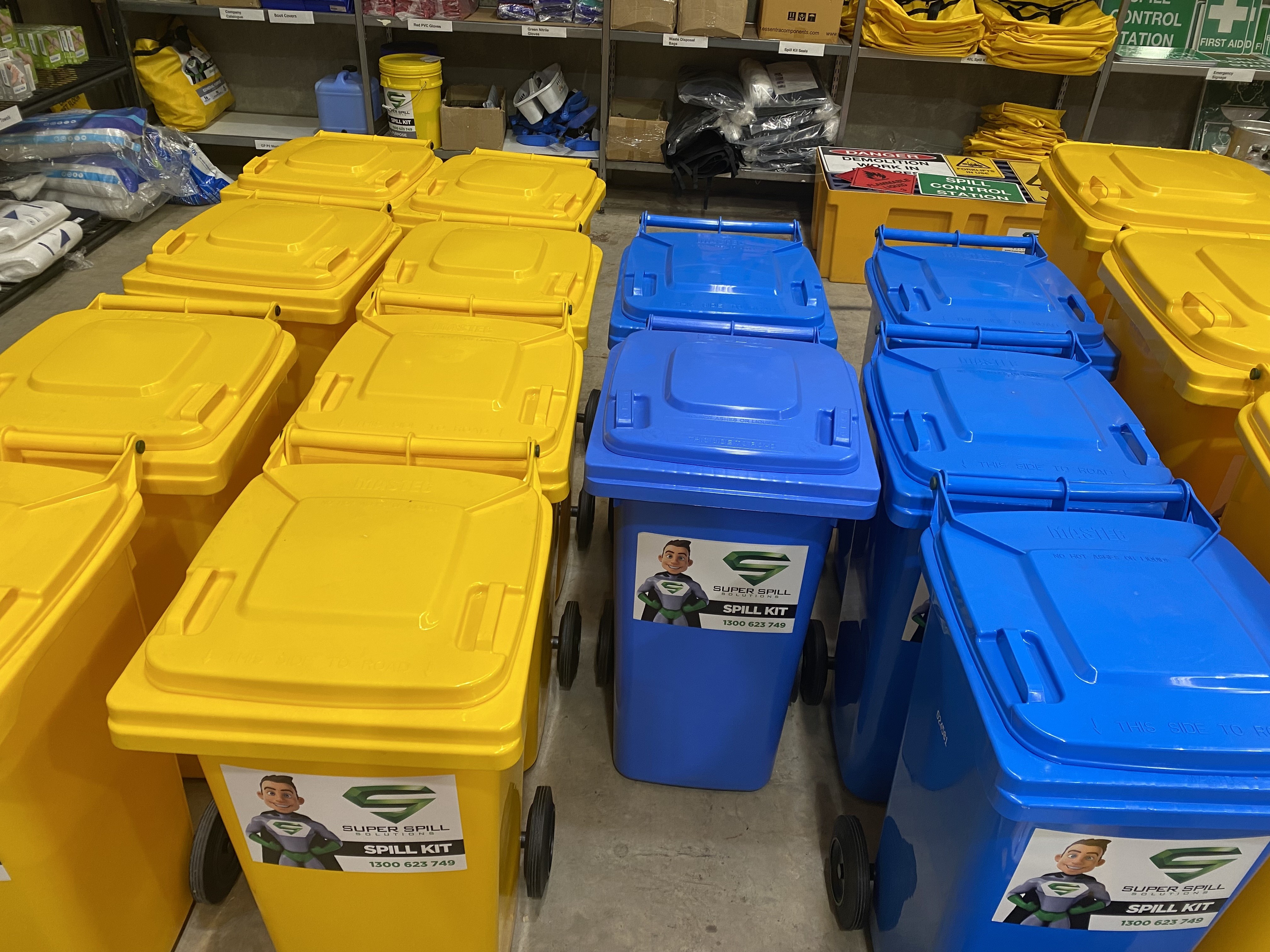
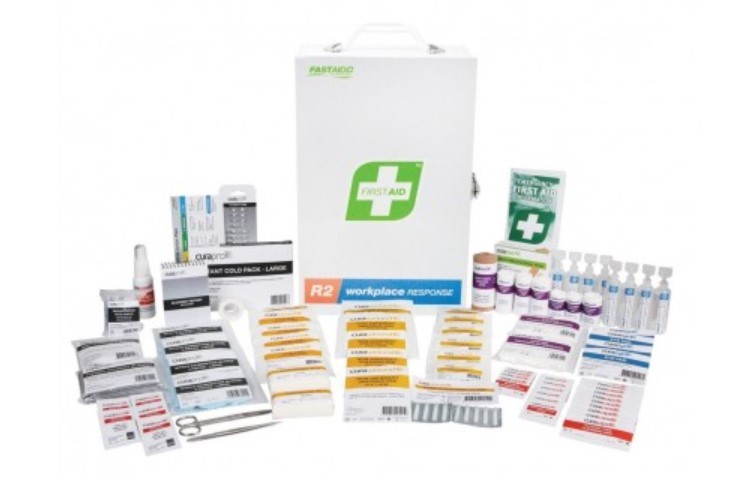
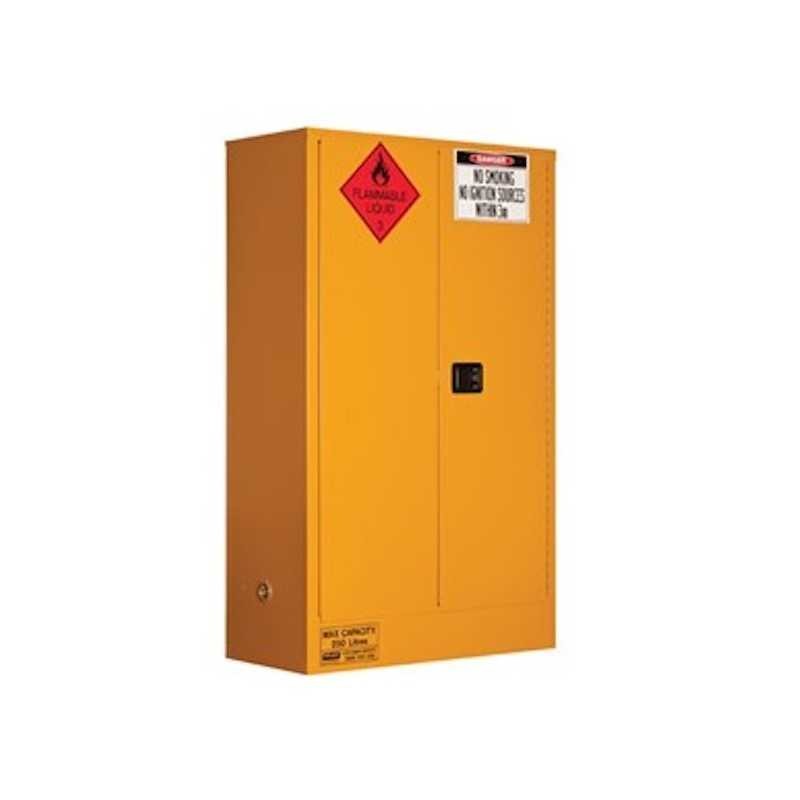
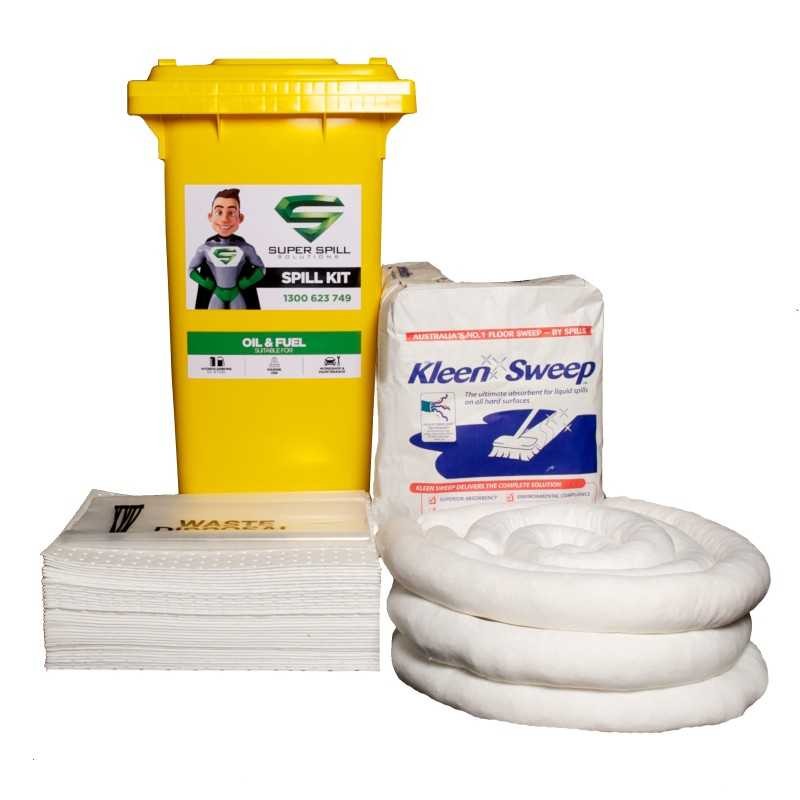

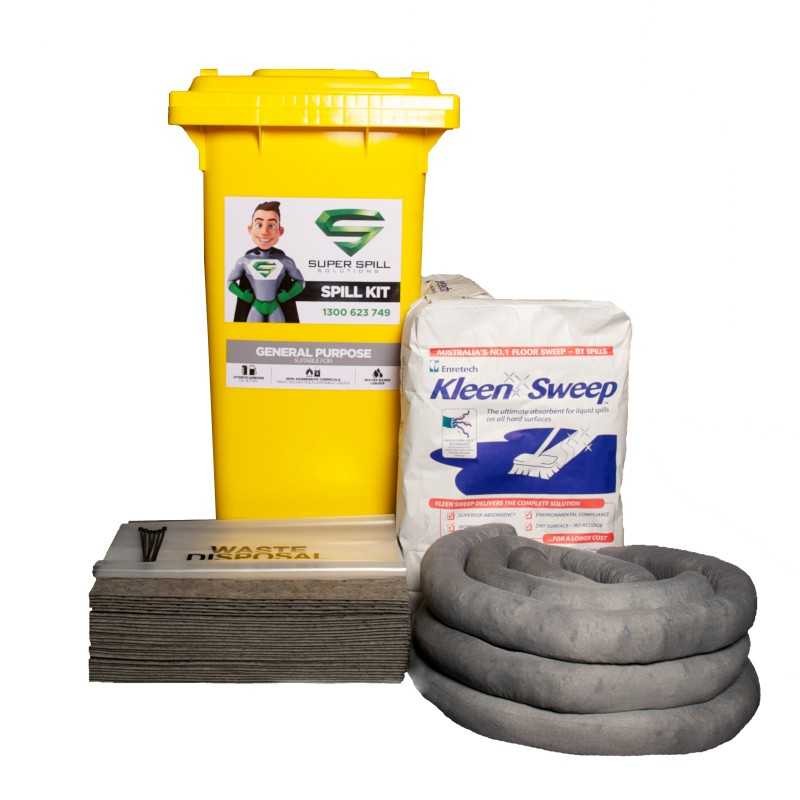
Leave a comment